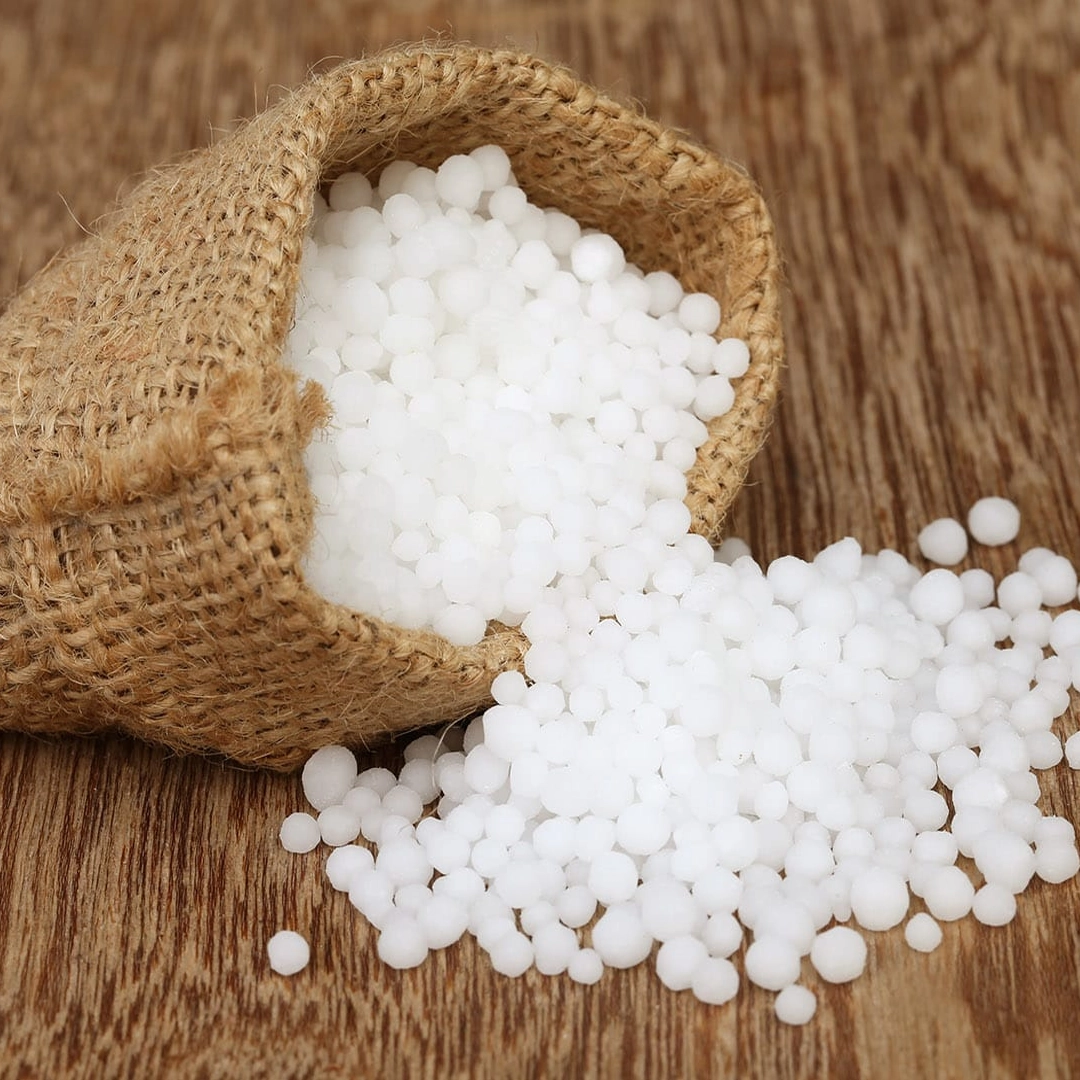
Urea
Urea is produced from synthetic ammonia and carbon dioxide in a solid form. This solid substance is highly soluble in water and almost non-toxic. In terms of pH, it is not acidic or alkaline. Urea is widely used in fertilizers as a source of nitrogen (N) and is an important raw material for chemical industries.
Our Granular Urea N46% Fertilizer Specification
| Test Item | Min | Max | Unit | Method |
|---|---|---|---|---|
| Biuret | 1 | Vol% | ||
| Formaldehyed | 0.45 | 0.55 | Vol% | |
| Particl Size 2-4mm | 90 | Vol% | ||
| Particl Size less than 0.55 | 0.2 | Vol% | ||
| Moisture | 0.2 | 0.4 | Vol% | |
| Nitrogen | 46% | Vol% | ||
| PH | 8.5 | 9.5 | ||
| Crushing Strength | 3 | Kg | ||
| Stowage actor in bulk | 1.35 | m3/ton | ||
| Bulk Density | 750 | 760 | Gr/Liter |

Urea
Urea, which is also called urea, is carbonic acid diamide. The formula is CH4N2O. Urea has important uses as a fertilizer and feed supplement, as well as a raw material for the production of plastics and medicine. It is a colorless, crystalline substance that melts at 132.7 degrees Celsius (271 degrees Fahrenheit) and decomposes before boiling.
Have a Questions About Urea?
Consult our experts for free about business.
